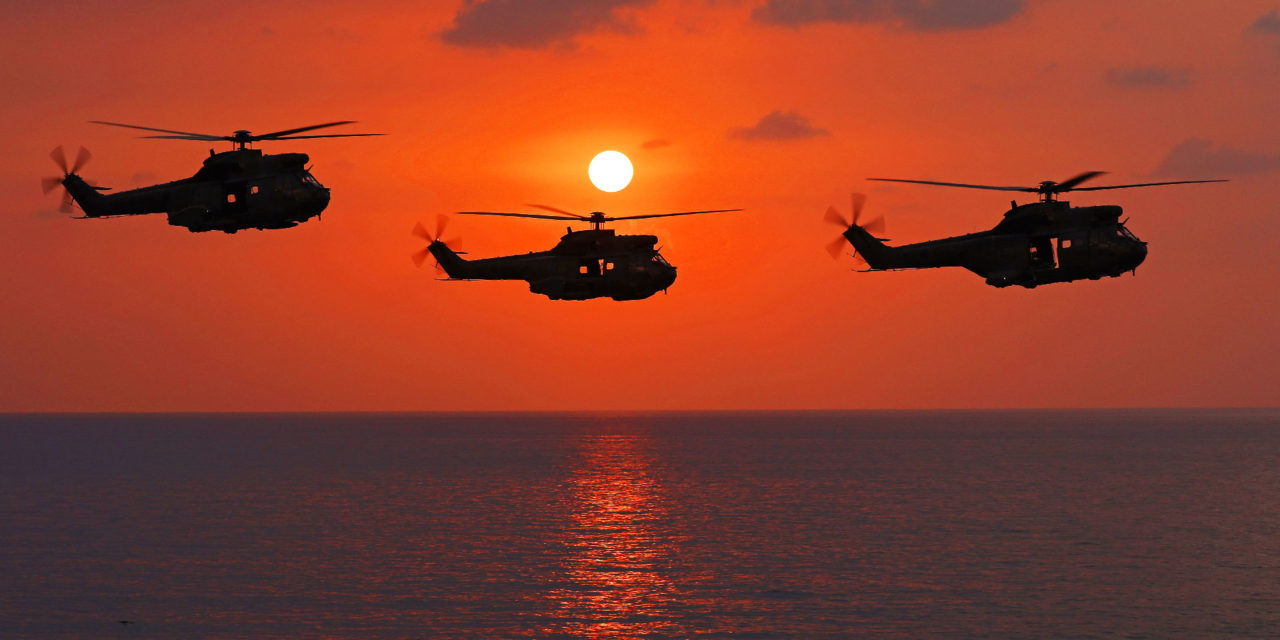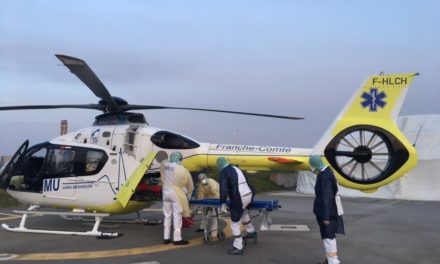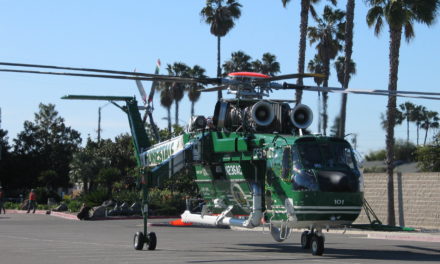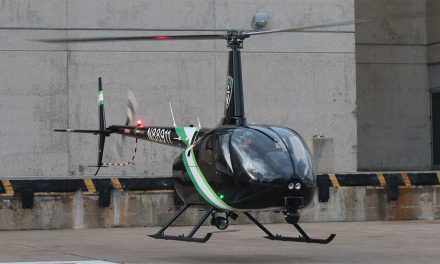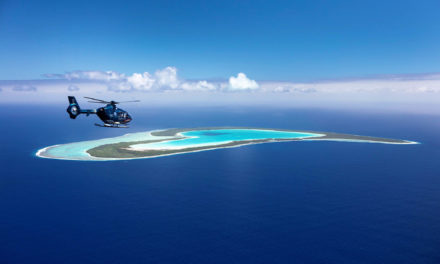Lebanese Air Force, a rising air force.
The Lebanese Air Force (LAF) (Arabic: Al Quwwat al-Jawwiya al-Lubnaniyya) was established in 1949, six years after gaining independence from France. Soon after its establishment, a number of aircraft were donated by the British, French, and Italian governments.
For a long time, the air force had to rely solely on a helicopter force. The small, but potent air force has had its fair share of struggles but is now rising in numbers as well as professionalism.
The year 1959 the Army’s rotary wing was developed by the delivery of four Alouette II helicopters, and later a total of twelve Alouette IIIs were also bought. In 1973 the first six Agusta Bell AB212 helicopters were delivered, a number that would later in the 70’s be doubled. With this license-built version of the twin-engine Bell UH-1N, Lebanon acquired support helicopter capability, and possessed a useful SAR capability over its coast as well.
Even during Civil War the Lebanese Air Force procured six Aerospatiale SA-330 Puma medium transport helicopters from France in 1980, with six more following in 1983-84. It additionally received ten fully equipped Aerospatiale SA.342 Gazelle helicopters in the anti-tank and utility version. These operated from the improvised bases of Jounieh and Adma, north of Beirut for security reasons.
With the signing of the Taef accord in 1989, the civil war came to an end. In the 1990s many of the Pumas, Gazelles, and AB212s were being grounded or withdrawn.
In the meantime, however, the Air Force received 24 ex-US army UH-1H helicopters from 1995 which were incorporated in the 10th and 11th Squadron. These became the core of the air force, which was transformed in an air force consisting solely of helicopters. But while the Huey is a versatile utility helicopter, it isn’t appropriate for all jobs, and the Air Force started looking to expand its fleet.
Four Robinson R44 Raven II Helicopters were gained in 2005 for helicopter wing training, and these were accommodated with 15th Squadron at Rayak, which revived the Aviation school there.
The Lebanese Air Force Command made consistent efforts to rebuild its attack helicopter squadron with the help of the United Arab Emirates. It received nine surplus ex-UAE Air Force SA.342 Gazelles in March 2007, providing the Air Force with a limited offensive capacity.
We spoke to Brigadier General Ziad Haykal, who climbed the ladder all the way from helicopter pilot to Lebanese Air Force Commander. He starts by telling the recent history, in order to emphasize the growth of the LAF.
War at Nahr al-Bared
“In 2007 we were involved in a big battle with Fatah al-Islam, an Islamist militant organization in a Palestinian camp in the north of Lebanon which was called Nahr al-Bared.“ The Air Force was flying mostly medical and casualty evacuation as well as performing aerial photography missions. The need arose to design a platform able to deliver the 500 pound Mk82 and 1,000 pound Mk83 bombs with an acceptable accuracy. “The dimension of the camp was not that large but at the same time we were surrounding them with friendly forces. So the big challenge was not to hit any friendly forces by throwing these hundreds of pounds of bombs. Being resourceful, we modified the UH-1H’s in our inventory, which basically are made for transport, into bombers.” This step proved very important because it was the main reason for terminating the battle with the Fatah al-Islam terrorist group who were often hiding in fortified positions. Since then the Lebanese Armed Forces started to plan for air capability since they realized the importance of air power in these situations.
During this conflict, the Gazelles armed with missiles were utilized to strike radical fortifications amid the short conflict. The helicopter assault force was expanded by getting three of the first batch of Gazelles into operational capacity, expanding the fleet to 12. All Gazelles were modified to be able to fire French made HOT anti-tank missiles.
In 2008 Lebanon received a single Agusta Westland 139 helicopter for use as a VIP and presidential transport from Qatar. The Air Force has also obtained its very own fire-fighting helicopters. Three Sikorsky S-61Ns were bought from Bristow Helicopters in the UK and were delivered in 2009.
War with Daesh (So-called Islamic State)
When the war in Syria started back in 2011, Lebanon knew that the war would affect them somehow. The armed forces started to get ready in case the conflict would come to the Lebanese side of the border. General Haykal: “The war with Daesh (IS) and the Al-Nusra terrorists started in Lebanon in 2013 on the northern and northeastern border of Lebanon. We were also able to use the SA/IAR 330 Puma and the SA342 Gazelle to fill the need for aerial support.” With reconnaissance by newly acquired Raven UAV platforms the LAF knew exactly where ammunition storage was on each position, what kind of weapons it contained, how much personnel there was in each position, and the access routes the terrorists were using.
The general recalls how it went: “We did hit several targets accurately and we obliged them to change their techniques and positions. First, we were able to reinforce the army position and then we changed to an attack position. We started to bomb Daesh positions deep inside the area where they had control. In the final operation, called Dawn of the Outskirts (Arabic: Fajr Al Jouroud) we bombed all the defense targets for a week and we actually almost cleaned the entire ground for the army Lebanese special forces so they were able to enter the area. We finished the battle in a matter of one week.”
Puma warfare capabilities
When the war started in Syria in 2013 the LAF initiated a study to install two ADEN 30mm cannons and two Matra SNEB 68mm rocket pods from the decommissioned Hawker Hunters on the SA/IAR 330 Puma.
General Haykal was working in Hamat as an intelligence officer when it was developed. He has an appropriate proverb: “Necessity is the mother of invention.” The testing process took 13 months and started with ground tests before moving on to air testing. “It is not only the testing, but you are also putting a Hunter weapon on a Puma, it is entirely different. Installing the 30mm gun, rockets, and bomb controls within the Puma electrical system with an Alouette III visor is not an easy challenge. The 30mm gun has its own data information and requirements The rockets at the same time have their own procedures and the bombing also has their own performance. These are three very different weapon systems to install. All the ballistics, trajectories and deviations had to be calculated correctly. Besides all this, you have to put procedures for the maintainers to safely perform their task. The system itself was meant to be removed from the aircraft and be fitted in another aircraft in a matter of just a few hours to be able to use another aircraft in case of a malfunction. We do have incredible teamwork.”
The arrival of the Super Tucano will not make the Puma obsolete. Its main role will change back to transport, but the capability to carry rockets will remain. The general clarifies:” According to the threat, according to the mission, according to the type of target you are going to hit, you will be using whatever is a convenient platform or weapon you have. If we are going to bomb 1300 kilos of ordinance at the same time, we don’t have any platform that can carry this load except the Puma.”
Future
The Lebanese Air Force is still on its way up. The general explains us the plans for the future: “We will request an additional six Super Tucano aircraft. In 2021, we are expecting to receive six McDonnell Douglas MD-530G multi-role light helicopter. This version will also be able to fire laser-guided rockets. Five years from now we hope to have 12 Super Tucano’s and 12 MD-530G’s. Our priority is to increase the Close Air Support capability. The MD 530 basically is requested because they are going to replace the Gazelle at a certain time, maybe in 10 years. The Puma’s main role will change back to transport helicopter because we need the transport capability in the Air Force. We are planning to upgrade all the existing UH-1 Hueys to UH-1H-II Super Huey. We are already in the process of getting the AB-212 operational again after more than 25 years grounded. All the new platforms will be a support from the US government, we are trying to negotiate and convince the US authorities that this is the minimum that the Lebanese Air Force needs. We need to continue the border security and stand strong in our fight against terrorist groups.”
Article by Jeroen van Veenendaal – DutchAviationPhoto.com

